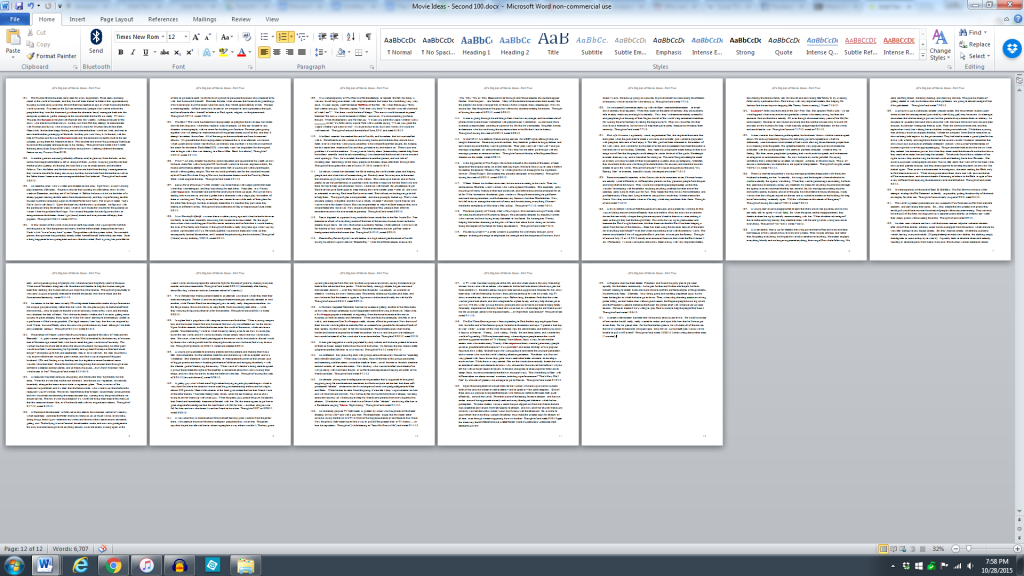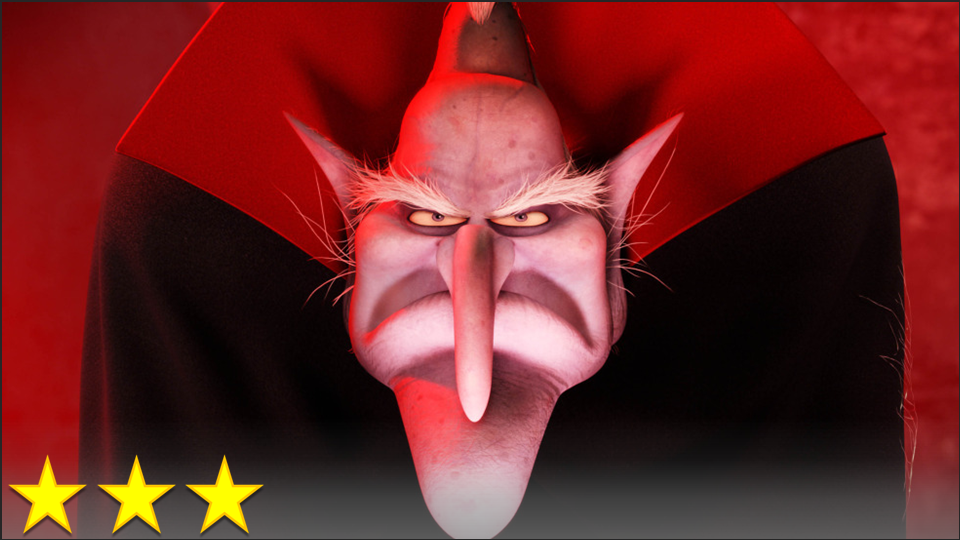(MINOR SPOILERS)
The last film in a franchise is nearly always the hardest film in the lot to make, and the hardest to watch. It has the burden of being the “goodbye” that we know we won’t be satisfied with, but we won’t be satisfied without either. Ultimately, we want a sense of completion, but we also need a sense that, after the credits roll, everything will stay as it should be in the world of the film. Good characters are rewarded and satisfied, bad characters are punished, and the scope/nature of any character’s death fits the scope/nature of his or her life. Whatever part of the movie’s finale the viewers are pondering while leaving the theater becomes what the franchise means to them. This is a task of gigantic proportions that must be handled with extreme care, and I say The Hunger Games: Mockingjay -Part 2 is a good example of a conclusion that feels just about right.
The most impressive thing, however, is that we spend the whole movie (as we have for the whole franchise) rooting for Katniss to kill Snow, but once she has the chance to shoot him, we don’t want her to. This is an incredible feat to pull off, and it serves to turn the saying “remember who the real enemy is” into a question of what the real enemy is. A series that started as a controversial story about children going to war has evolved into a timeless fable about human nature. The dangers of history repeating itself offer more powerful terror than any of the horrific moments seen previously in the franchise, and the entire history of their dystopia is called into question during just one conversation. Our view of some of the characters change entirely, but I was happy to see that the most important characters got just about the endings they deserved, with hope in the future for the characters we care about most.
So, it pulls off the sequel game well, but setting my sequel standards aside, what do I think of it as a film? Well, the acting is just right, as usual, and the script seems largely well-written. The soundtrack is pretty standard, but I seem to recall enjoying some unique parts of the score here and there. The visuals seem even more gray than usual in this one, which is a pity, but I suppose I’m used to all that by now. Sadly, this movie did not have the kind of moving moments that nearly brought me to tears in the second and third films, but it did have one moment (the one captured in the image below) that had me on the edge of my seat trying to keep from cheering. This moment, however, is what makes it a great wrap-up, so I must conclude that this is not my favorite film in the Hunger Games franchise, but as a franchise finale, I adore it.





